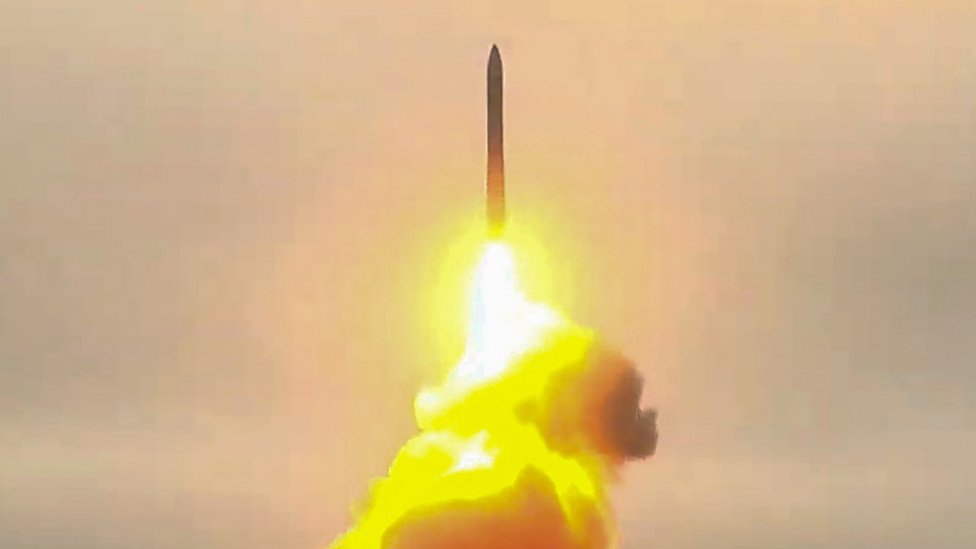The New Start treaty, signed in 2010, limits the number of long-range nuclear warheads that each side can possess.
 |
| IMAGE COPYRIGHTRUSSIAN DEFENCE MINISTRY |
The treaty limits armaments including deployed long-range intercontinental ballistic missiles.
But its future has been in jeopardy amid tensions between the two countries over arms control and other issues.
Months of talks have now appeared to have found a breakthrough.
A statement from Russia on Tuesday said it was proposing to extend New Start - which expires i
February - by one year, with both countries making a commitment to "freeze" the number of warheads held over that period.
The US had previously rejected any extension that did not involve such a freeze.
Is nuclear control set to self-destruct?
New START - a detailed guide
In Washington, the US state department welcomed the fresh offer, saying it appreciated Russia's "willingness to make progress on the issue of nuclear arms control".
"The United States is prepared to meet immediately to finalise a verifiable agreement," said spokeswoman Morgan Ortagus.
How exactly each side would verify that nuclear warhead stockpiles were not being increased remains a stumbling block.
Without the treaty, experts say, each side could build and deploy nuclear weapons without restraint, causing a spiralling, costly and potentially dangerous arms race.
 Last year, the US formally withdrew from another key nuclear treaty with Russia that banned ground-launched missiles with ranges between 500km and 5,500km (310-3,400 miles).
Last year, the US formally withdrew from another key nuclear treaty with Russia that banned ground-launched missiles with ranges between 500km and 5,500km (310-3,400 miles).Washington and the Nato military alliance accused Russia of violating the Cold War-era Intermediate-Range Nuclear Forces Treaty (INF) pact by deploying a new type of cruise missile.



0 Comments